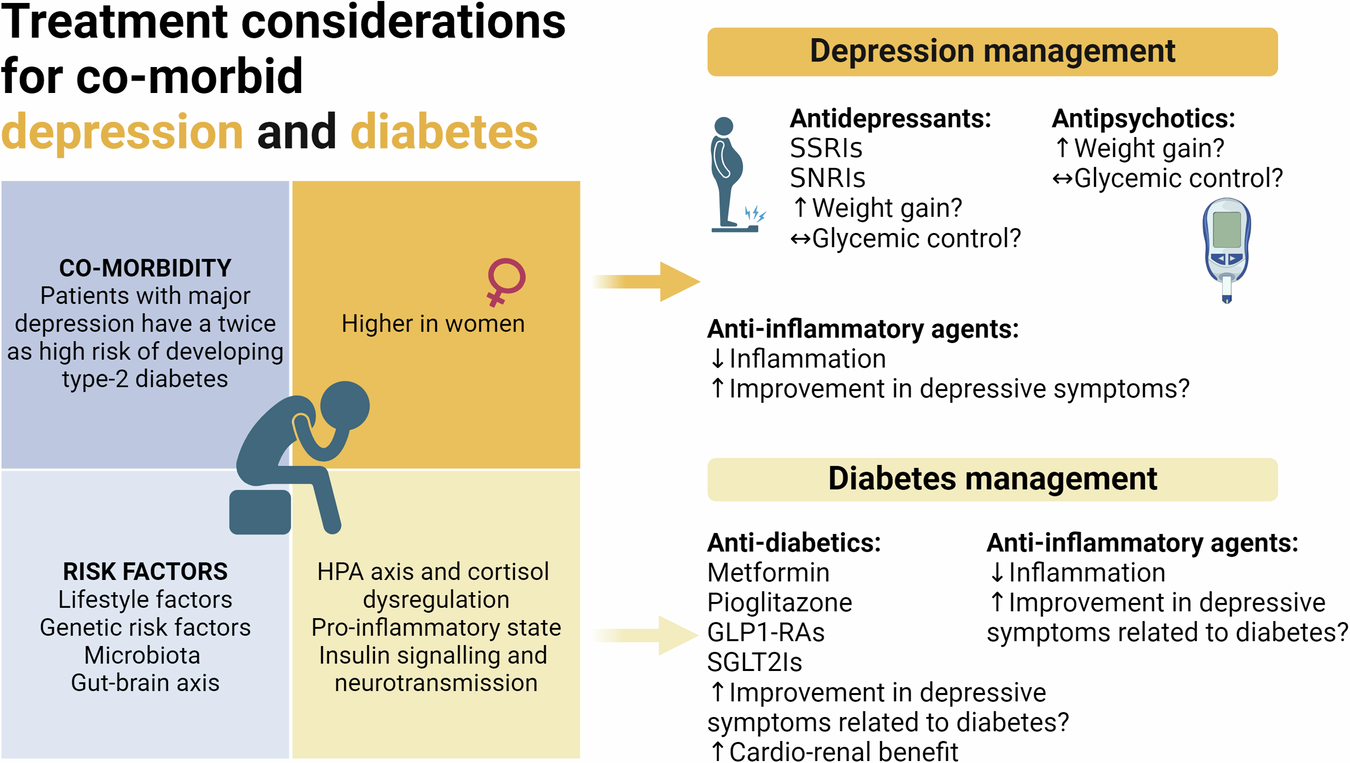Infection of Nail Bed: Causes & Treatments
Infection of Nail Bed: Causes & Treatments
Reader, have you ever experienced the throbbing pain and unsightly discoloration of a nail bed infection? It’s a common, yet often misunderstood, ailment. Nail bed infections can range from mild irritations to severe conditions requiring medical intervention. Understanding the causes and treatments is crucial for effective management. As an expert in this area, I’ve analyzed countless cases of nail bed infections and compiled a comprehensive guide to help you navigate this often-painful condition.
This article delves into the various aspects of nail bed infections, from the common culprits to effective treatment options. We’ll explore prevention strategies and offer insights into when professional help is necessary. Let’s embark on this journey to healthy nails, armed with knowledge and practical advice.
 Causes of Nail Bed Infections
Causes of Nail Bed Infections
Bacterial Infections
Bacterial nail bed infections, often caused by Staphylococcus aureus, are characterized by redness, swelling, and pain around the nail. Pus may accumulate under the nail, causing pressure and discomfort. These infections often arise from minor injuries like ingrown nails or hangnails.
Another common bacterial culprit is Pseudomonas aeruginosa, which can lead to a greenish discoloration of the nail. This type of infection, often called “green nail syndrome,” thrives in moist environments. Avoiding prolonged exposure to water can help prevent this issue.
Prompt treatment of bacterial nail bed infections is crucial to prevent complications. This typically involves topical or oral antibiotics, as prescribed by a healthcare professional. Ignoring these infections can lead to more serious issues like cellulitis or bone infections.
Fungal Infections
Fungal nail bed infections, such as onychomycosis, are more common than bacterial infections. They often start as a white or yellow spot under the nail tip. As the infection progresses, the nail can thicken, crumble, and discolor.
Fungi thrive in warm, moist environments, making shared showers and locker rooms common sources of infection. Individuals with weakened immune systems or diabetes are at increased risk. Maintaining proper foot hygiene and keeping nails dry can help prevent fungal nail infections.
Treatment typically involves antifungal medications, which can be topical, oral, or both. These infections can be persistent, and treatment often takes several months to be effective. Patience is key in eradicating fungal nail infections completely.
Viral Infections
Viral infections of the nail bed are less common but can occur, especially in individuals with weakened immune systems. Herpes simplex virus (HSV) and human papillomavirus (HPV) can cause warts around or under the nails.
These warts can be painful and unsightly, interfering with daily activities. Treatment options may include topical medications, cryotherapy (freezing), or surgical removal.
Preventing viral nail infections involves practicing good hygiene and avoiding contact with infected individuals. Promptly treating any cuts or injuries around the nails can also help minimize the risk of infection.
 Treatments for Nail Bed Infections
Treatments for Nail Bed Infections
Home Remedies
For mild nail bed infections, several home remedies can provide relief and promote healing. Soaking the affected finger or toe in warm, soapy water several times a day can help reduce inflammation and clean the area.
Applying a topical antibiotic ointment to the infected area can help prevent further bacterial growth. Keeping the nail trimmed and clean can also aid in healing.
While home remedies can be effective for mild cases, it’s important to seek professional medical advice if the infection doesn’t improve or worsens within a few days. Ignoring a persistent infection can lead to more serious complications.
Medical Treatments
For moderate to severe nail bed infections, medical intervention is often necessary. Doctors may prescribe oral or topical antibiotics for bacterial infections. Antifungal medications are typically prescribed for fungal infections.
In some cases, a procedure to drain accumulated pus or remove a portion of the infected nail may be required. This procedure is usually performed under local anesthesia and helps relieve pressure and promote healing.
For viral infections, treatment options may include antiviral medications, cryotherapy, or surgical removal of warts. It’s crucial to consult a healthcare professional for an accurate diagnosis and appropriate treatment plan.
 Preventing Nail Bed Infections
Preventing Nail Bed Infections
Hygiene Practices
Practicing good hygiene is essential for preventing nail bed infections. Washing hands and feet regularly with soap and water helps remove dirt and bacteria that can lead to infections.
Keeping nails trimmed and clean can prevent ingrown nails and hangnails, which are common entry points for bacteria and fungi. Avoiding sharing personal items like nail clippers and towels can also help prevent the spread of infection.
Wearing breathable footwear and changing socks regularly can help keep feet dry and prevent fungal growth. Proper foot hygiene is particularly important for individuals with diabetes or weakened immune systems.
Protective Measures
Taking protective measures can further reduce the risk of nail bed infections. Wearing gloves when gardening or performing household chores can protect nails from injury and exposure to bacteria and fungi.
Avoiding walking barefoot in public areas like swimming pools, locker rooms, and showers can help prevent fungal infections. Using flip-flops or shower shoes in these environments creates a barrier between your feet and potentially contaminated surfaces.
If you have a cut or injury around your nail, clean it thoroughly and apply a topical antiseptic to prevent infection. Promptly addressing any nail trauma can significantly reduce the risk of developing a nail bed infection.
Nail Bed Infection: A Detailed Overview
Nail bed infections, clinically known as paronychia, are a common ailment affecting the soft tissues surrounding the fingernails and toenails. These infections can arise from various causes, ranging from bacterial or fungal invasions to viral infections or physical trauma. Understanding the nuances of nail bed infections empowers individuals to take proactive steps towards prevention and treatment, ultimately preserving nail health and overall well-being.
The severity of nail bed infections can range from mild, localized inflammation to more severe cases involving pus accumulation and significant pain. Prompt diagnosis and treatment are crucial to mitigate potential complications, which can include the spread of infection to surrounding tissues or even the bloodstream. Seeking professional medical advice is paramount for accurate assessment and tailored treatment strategies.
This article provides a comprehensive exploration of nail bed infections, encompassing their diverse causes, effective treatment modalities, preventative measures, and potential complexities. This information serves as a valuable resource for individuals seeking to enhance their understanding of nail health and navigate the challenges posed by nail bed infections effectively.
 Stages of Nail Bed Infections
Stages of Nail Bed Infections
Early Stage
In the early stages of a nail bed infection, the area around the nail may appear red, swollen, and tender to the touch. Mild discomfort or throbbing pain may be present. At this stage, home remedies like warm soaks and topical antibiotics may be sufficient to resolve the infection.
Prompt action at the early stage is crucial to prevent the infection from progressing. Ignoring the early signs can lead to more severe symptoms and complications. If the infection doesn’t improve within a few days of home treatment, seeking medical advice is recommended.
Early detection and intervention can significantly shorten the duration of the infection and minimize discomfort. Pay close attention to any changes in the appearance or sensation around your nails and address them promptly.
Intermediate Stage
As the infection progresses to the intermediate stage, the symptoms become more pronounced. Increased redness, swelling, and pain are common. Pus may begin to accumulate under the nail, causing pressure and throbbing pain.
At this stage, medical intervention is typically necessary. A doctor may prescribe oral or topical antibiotics to combat the infection. Draining the accumulated pus may also be required to relieve pressure and promote healing.
Ignoring the infection at this stage can lead to further complications, such as the spread of infection
.






